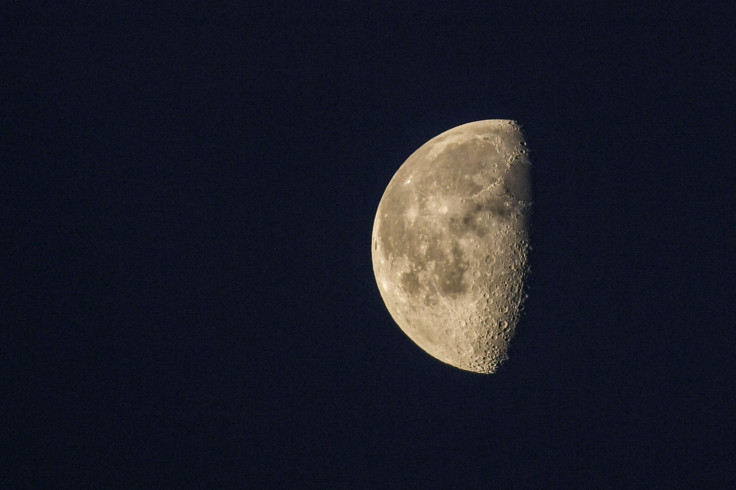Collision Between Theia And Earth Brought Water To Our Planet

Thank the early Universe for Theia.
This Mars-size planet most people have never heard of is increasingly being credited by scientists with creating the Moon, and it is now being accepted as as the source of the life-sustaining water that makes all life on our planet possible.
And how did Theia accomplish these two historic events without which life on Earth would have been impossible? Theia collided with Gaia -- the ancient Earth -- some 4.5 billion years ago and was destroyed. Much of Earth's water originated from Theia, which was an ice encrusted planet.
In a recent study published in Nature Astronomy, planetologists at the University of Münster in Germany said the collision between Gaia and Theia triggered the formation of life on Gaia. It posits that large quantities of water were transferred from Theia onto Gaia by the unimaginably violent collision. This massive deluge of water thrown from Theia to Gaia formed the oceans that sustain many creatures today.
Theia had enormous deposits of water ice because it formed in the more frigid outer solar system rather than the much hotter and dry inner solar system.
There are theories that say the Earth formed as a dry and almost waterless planet in the inner solar system. Hence, it wouldn’t have had any water on it at all if not for the collision with Theia.
The current theory of how water got to the Earth has it that water was contained in watery meteorites, also known as mud meteorites, from the cold outer solar system. These mud meteorites are scientifically called “carbonaceous” meteorites.
Previous studies suggested that when our Solar System was formed about 4.5 billion years ago, “dry” materials separated from “wet” materials. Dry objects such as Earth were located in the inner solar system. This lent credence to the theory that “carbonaceous” meteorites from the wet or outer solar system bombarded Gaia. The Theia impact theory threatens to upend the conventional wisdom, however.
In their study, the German scientists used molybdenum isotopes to distinguish between carbonaceous and non-carbonaceous materials on Earth to develop a “genetic fingerprint” for the Earth. This way they were able to determine which of the materials came from the inner or the outer solar system.
Using this method, they found wet carbonaceous material arrived on Earth late and from the outer solar system. They contend that the only collision that might explain the massive amount of carbonaceous material on the Earth, or the entire amount of water on Earth, is the Theia collision.
Both water and the Moon, which stabilizes the Earth’s axis, were absolutely vital to the creation of life Earth.
“Our approach is unique because, for the first time, it allows us to associate the origin of water on Earth with the formation of the Moon,” said Thorsten Kleine, Professor of Planetology at the University of Münster.
“To put it simply, without the Moon there probably would be no life on Earth.”




























